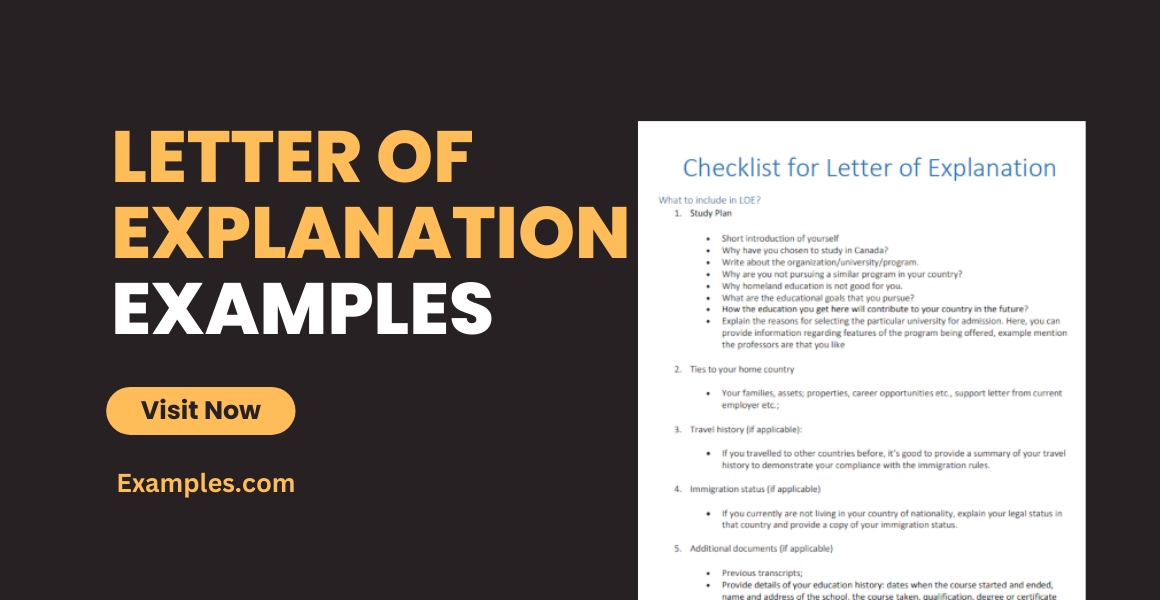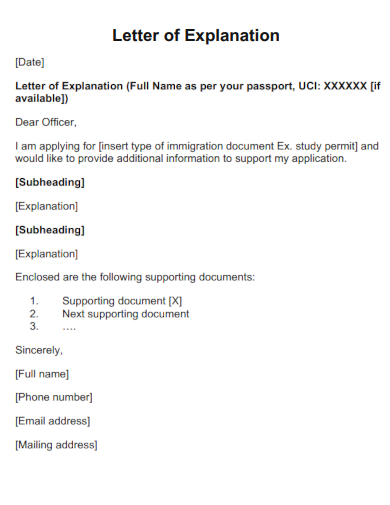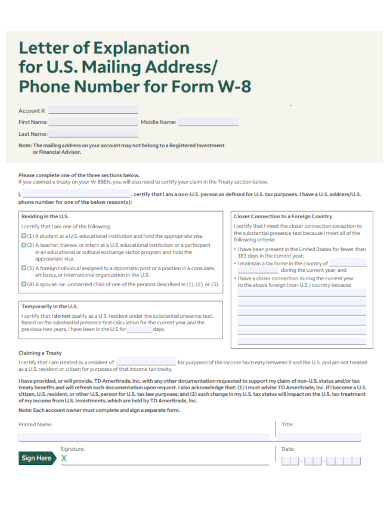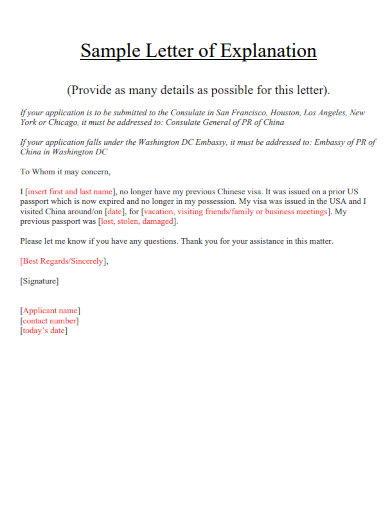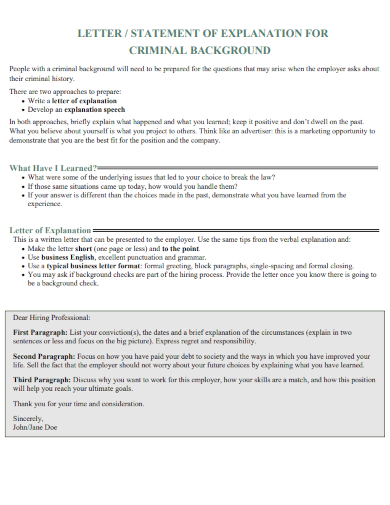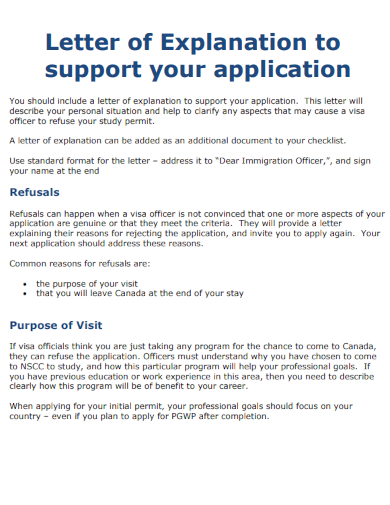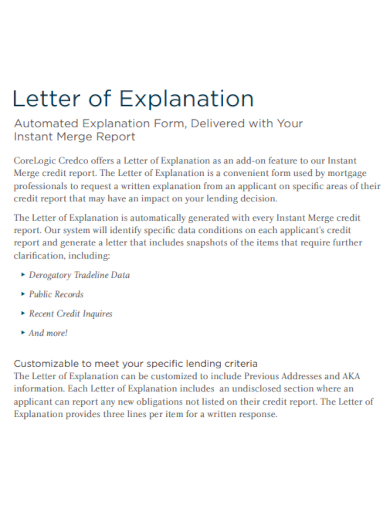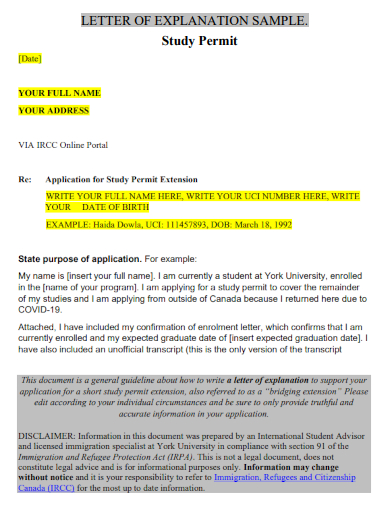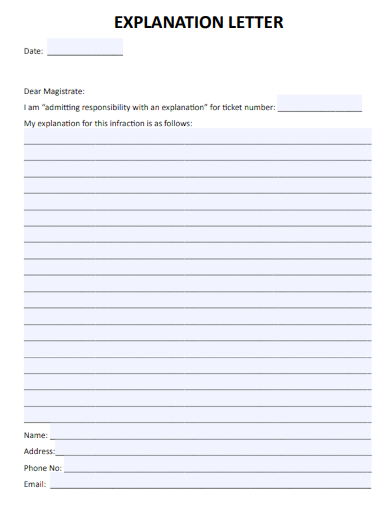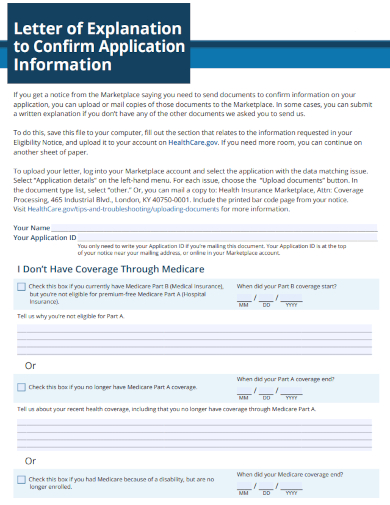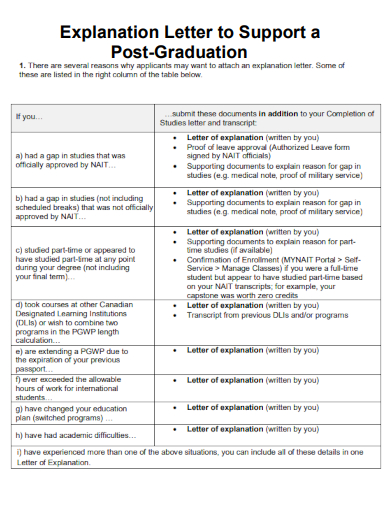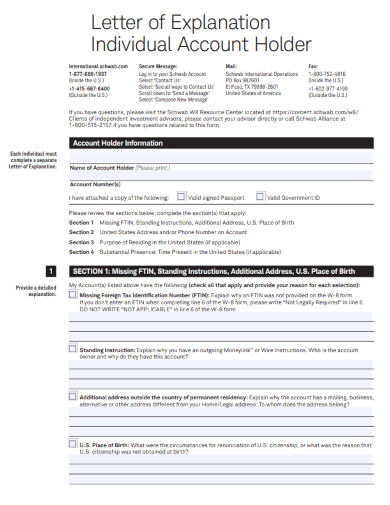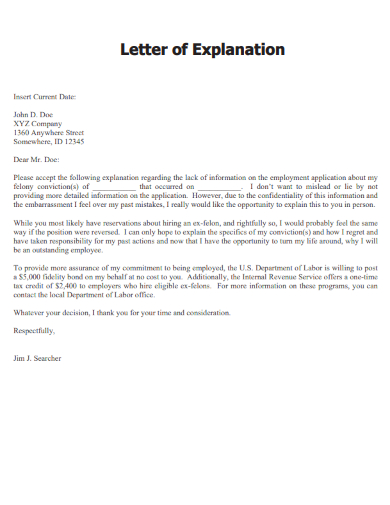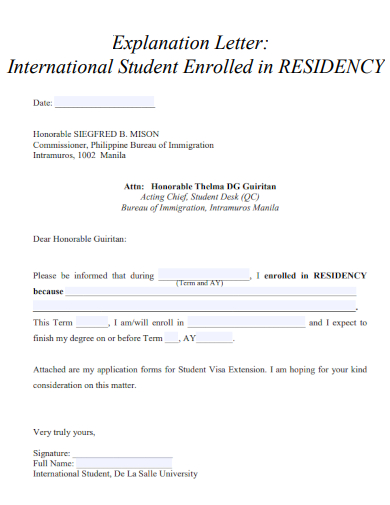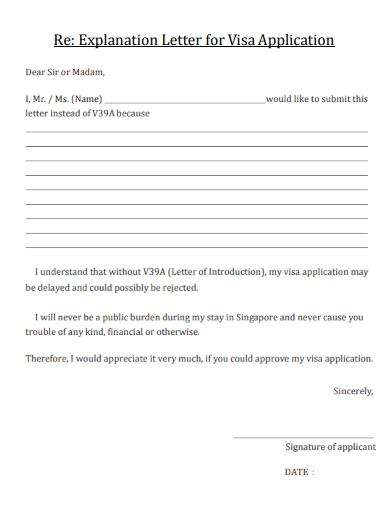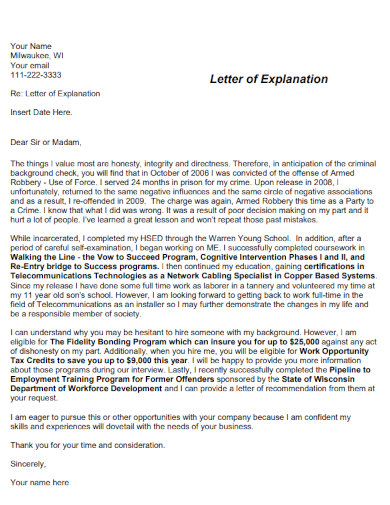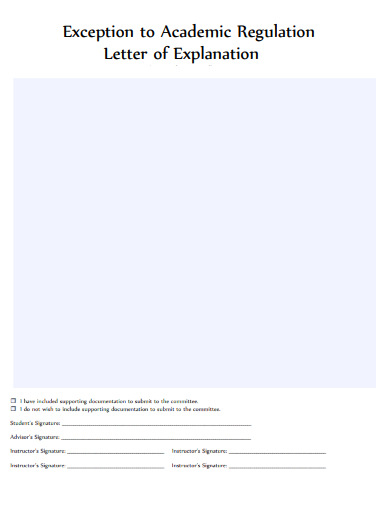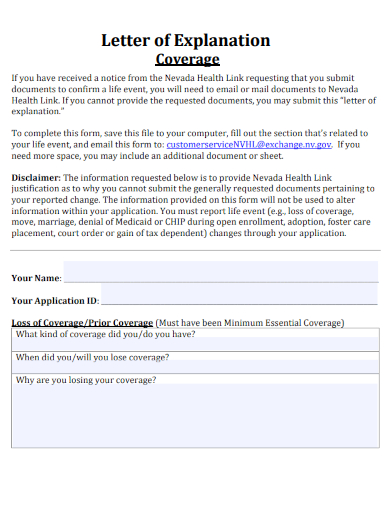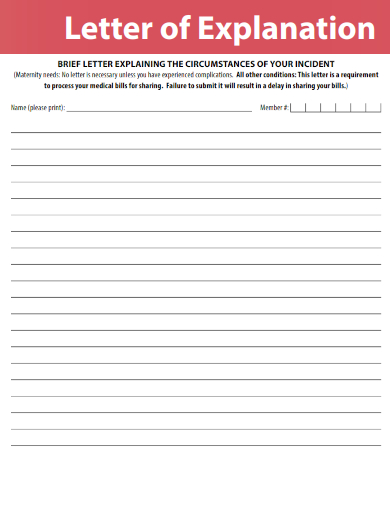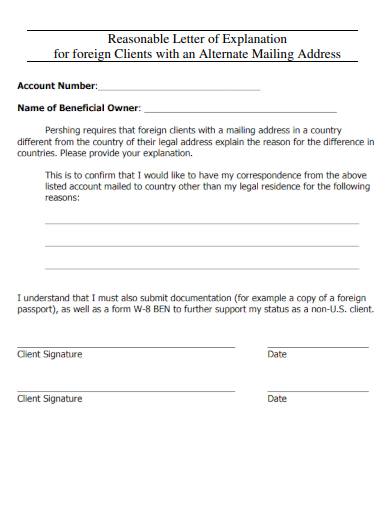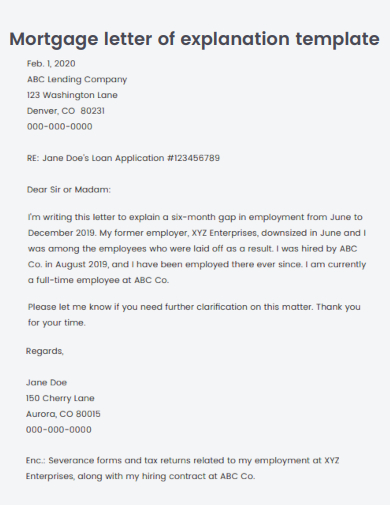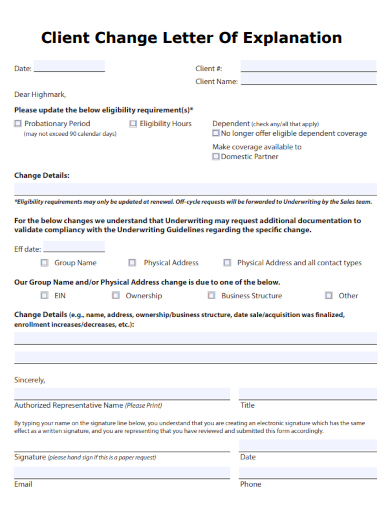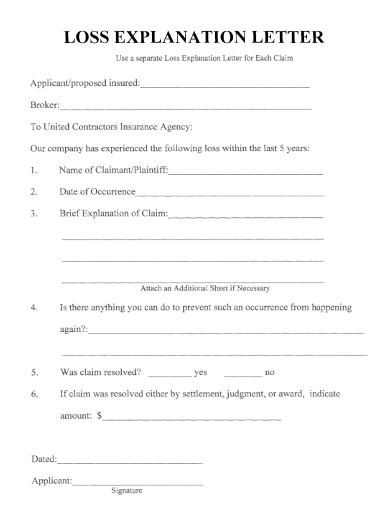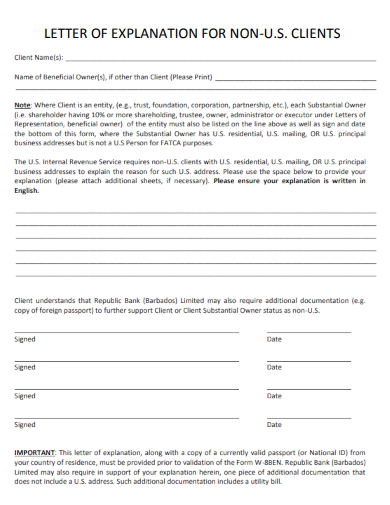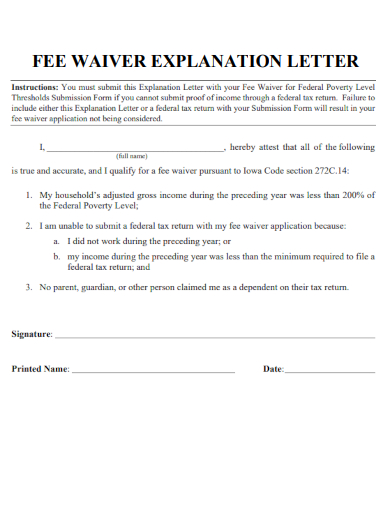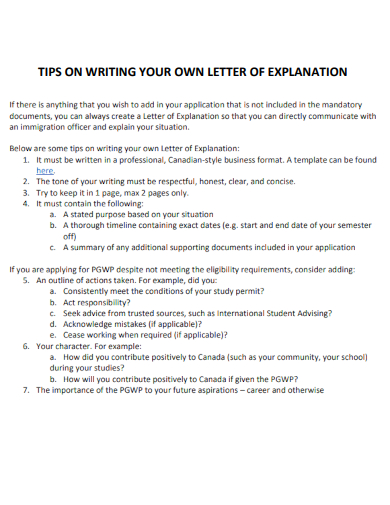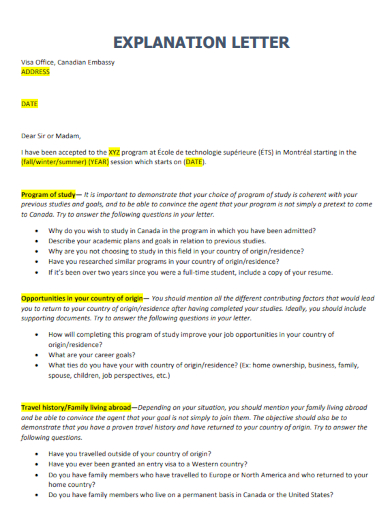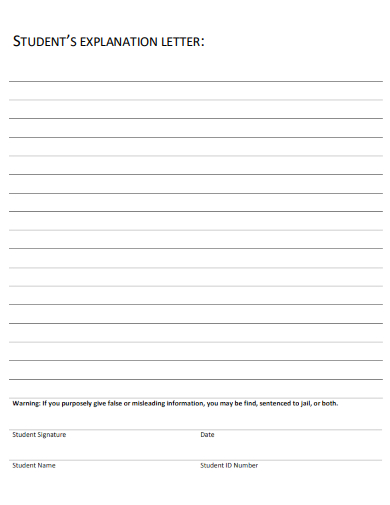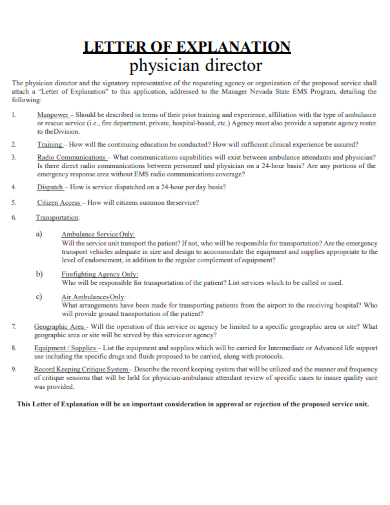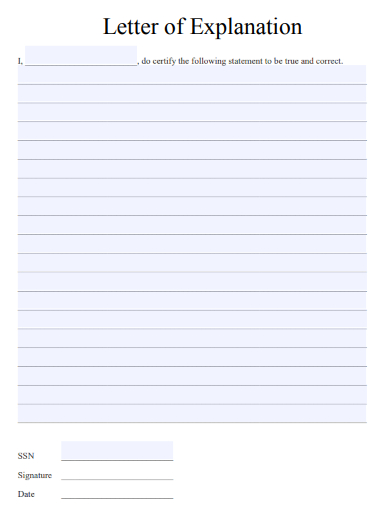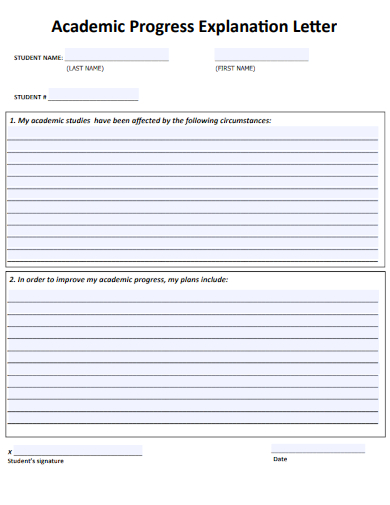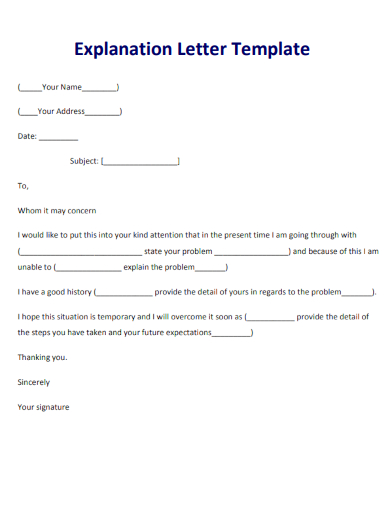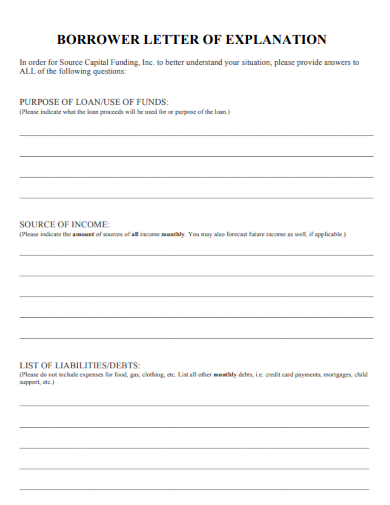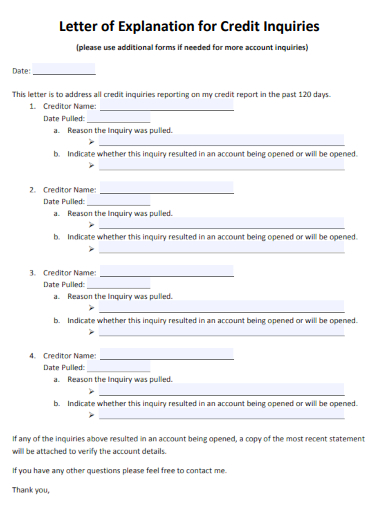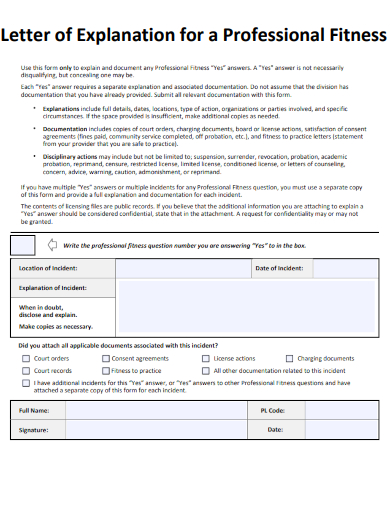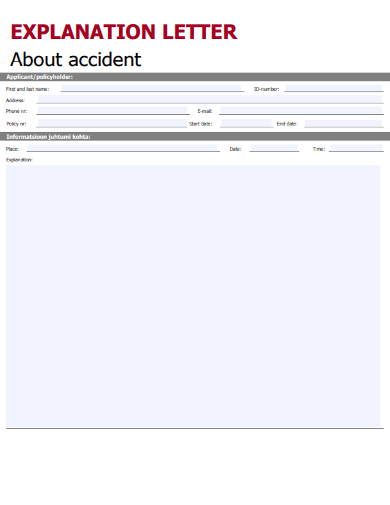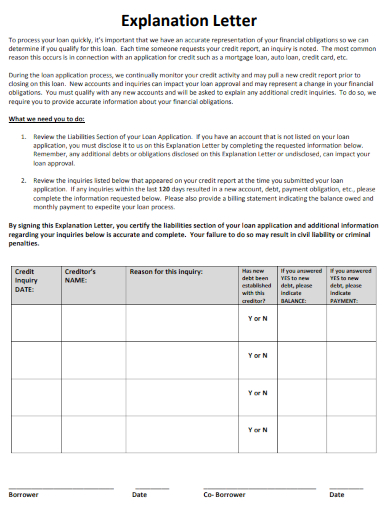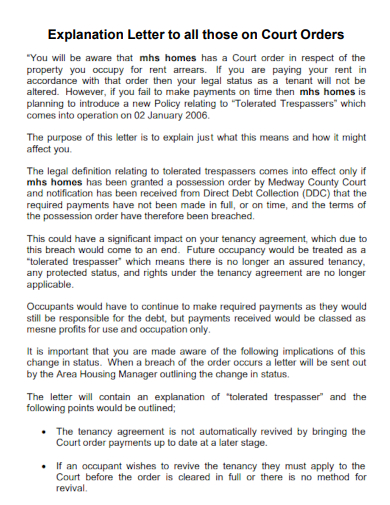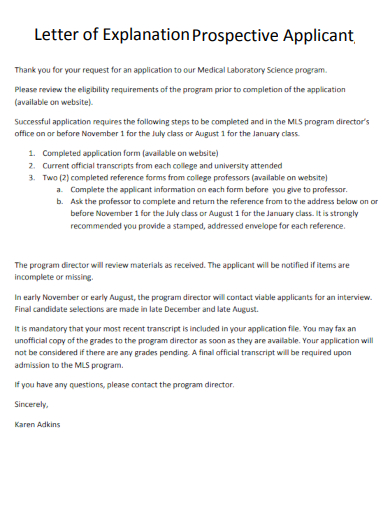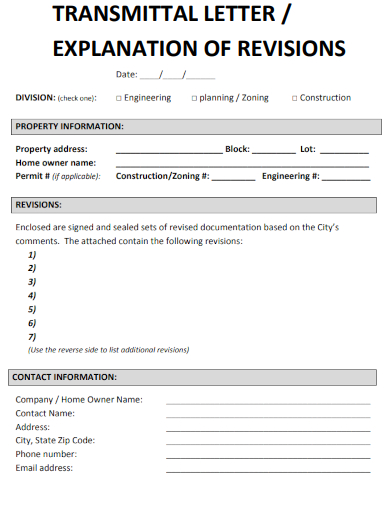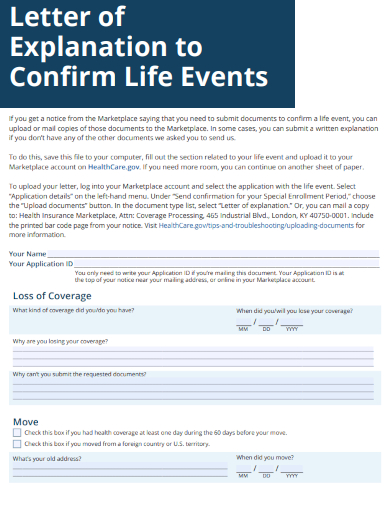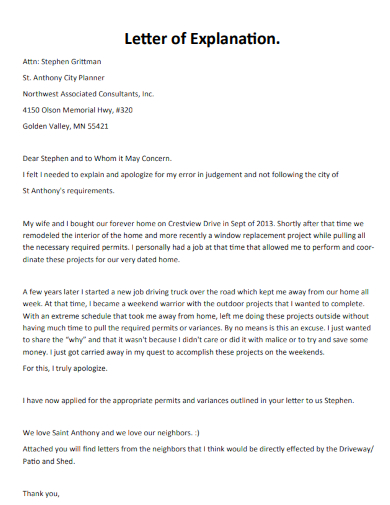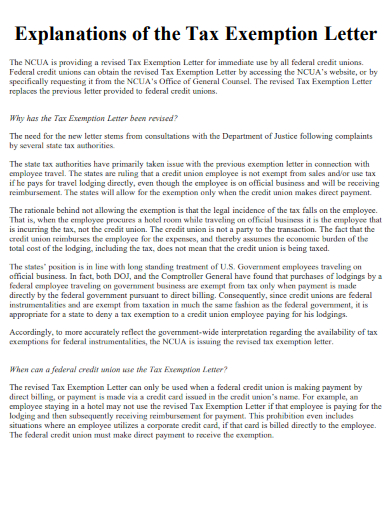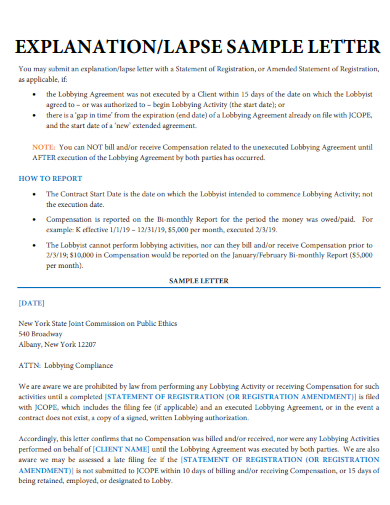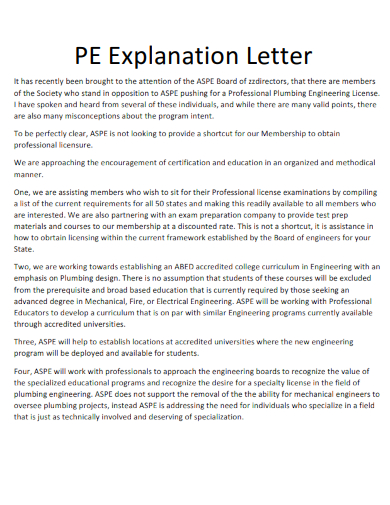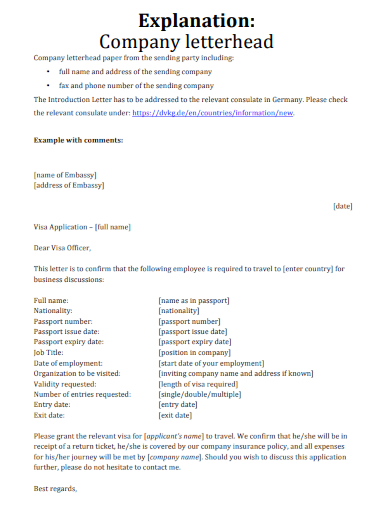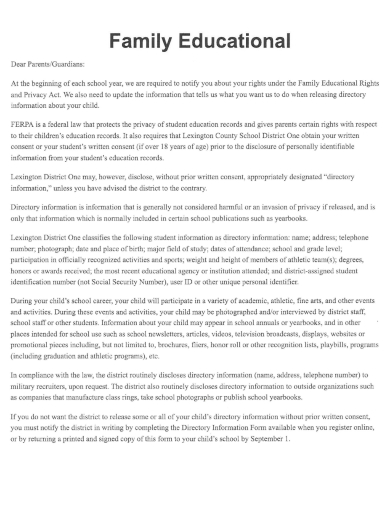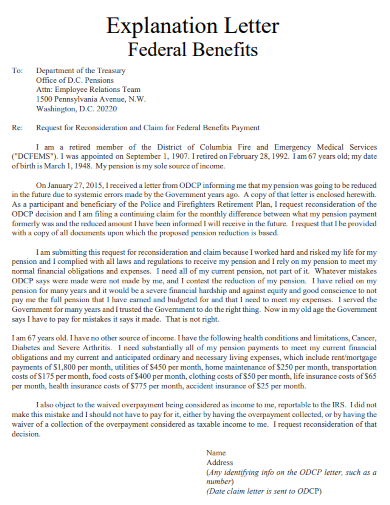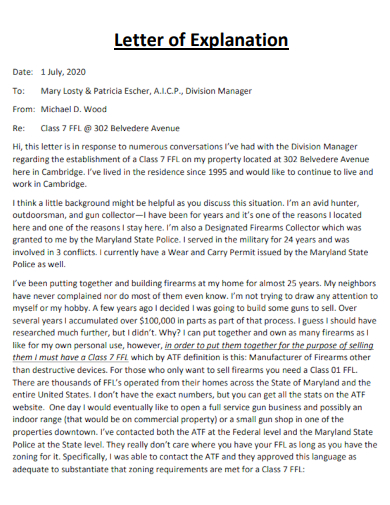54+ Letter of Explanation Examples to Download
In a world where our lives are governed by countless rules and regulations, it’s no surprise that we may find ourselves having to explain certain situations or actions that might be out of the ordinary. Whether it’s an incident at work or a missing document in your application form, a Letter of Explanation can be the perfect solution to set the record straight. In this article, we will explore the ins and outs of this essential document, from its format and content to its importance in different scenarios.
bb_toc content=”][/bb_toc]
1. Checklist for Letter of Explanation
2. Explanation Letter for Study Program
3. Basic Letter of Explanation
4. Letter of Explanation for U.S. Mailing Address
5. Sample Letter of Explanation
6. Instructions for Explanation Letters
7. Letter of Explanation for Criminal Background
8. Letter of Explanation to Support your Application
9. Formal Letter of Explanation
10. Study Permit Letter of Explanation
11. Example Letter of Explanation
12. Letter of Explanation to Confirm Application Information
13. Explanation Letter to Support a Post Graduation
14. Letter of Explanation Individual Account Holder
15. Modern Letter of Explanation
16. Letter of Explanation International Student Enrolled
17. Explanation Letter for Visa Application
18. Creative Letter of Explanation
19. Exception to Academic Regulation Letter of Explanation
20. Letter of Explanation Coverage
21. Letter of Explanation Circumstances of the Incident
22. Reasonable Letter of Explanation for foreign Clients
23. Summary Letter of Explanation
24. Barber Shop Letter of Explanation
25. Mortgage Letter of Explanation Template
26. Client Change Letter Of Explanation
27. Loss Explanation Letter
28. Letter of Explanation for Non-U.S. Clients
29. Fee Waiver Letter of Explanation
30. Tips on writing your own Letter of Explanation
31. Advocates Letter of Explanation
32. Professional Letter of Explanation
33. Students Explanation Letter
34. Physician Director Letter of Explanation
35. Simple Letter of Explanation
36. Academic Progress Explanation Letter
37. Explanation Letter Template
38. Borrower Letter of Explanation
39. Letter of Explanation for Credit Inquiries
40. Letter of Explanation for a Professional Fitness
41. Explanation Letter About Accident
42. Derogatory Credit Explanation Letter
43. Printable Explanation Letter
44. Explanation Letter to all those on Court Orders
45. Letter of Explanation Prospective Applicant
46. Transmittal Letter & Explanation of Revisions
47. Letter of Explanation to Confirm Life Events
48. Blank Letter of Explanation
49. Explanations of the Tax Exemption Letter
50. Explanation & Lapse Sample Letter
51. PE Explanation Letter
52. Explanation Company Letterhead
53. Family Educational Explanation Letter
54. Federal Benefits Explanation Letter
55. Standard Letter of Explanation
What is a Letter of Explanation?
When it comes to writing a Letter of Explanation, there are a few key things to keep in mind. First and foremost, it’s crucial to determine the type of document you’re dealing with. Is it a demand letter, an explanation incident report, or perhaps a job incident report? Once you have identified the type of document, you can then start working on the format of your letter.
If you’re sending a physical letter, make sure to address it correctly and clearly, including the recipient’s name, title, and letter address. Use a legible font and keep your language professional yet concise. Don’t forget to include your contact information and sign the letter before sending it in a letter envelope.
On the other hand, if you’re sending a letter email, make sure to use a clear and concise subject line that accurately reflects the purpose of your message. Keep your tone professional and avoid using slang or informal language. Make sure to attach any relevant documents or information that can support your explanation.
How to Write a Letter of Explanation
Regardless of the format, the content of your letter should be clear, honest, and to the point. Explain the situation or incident in detail, including any mitigating factors or extenuating circumstances that might have contributed to the situation. Be sure to take responsibility for any mistakes and express your willingness to cooperate and rectify the situation.
Writing a Letter of Explanation may seem daunting, but it doesn’t have to be. Here are some tips to help you write a clear and effective letter:
Step 1: Start with a clear purpose
Begin by clearly stating the reason for writing the letter of explanation. This will help the reader understand the context and importance of the letter.
Step 2: Keep it concise
Keep your letter of explanation brief and to the point. Avoid long-winded explanations or unnecessary details that may distract from your main message.
Step 3: Be honest and straightforward
Honesty is always the best policy. Explain the situation truthfully and avoid making excuses or trying to shift blame onto others.
Step 4: Provide context
If necessary, provide background information that can help the reader understand the situation better. This could include relevant dates, events, or circumstances that led up to the issue.
Step 5: Use simple language
Avoid using complex terminology or jargon that may be difficult for the reader to understand. Use simple, clear language that conveys your message effectively.
Step 6: Include supporting documents
If you have any relevant documents that can support your explanation, include them with your letter. This could include bank statements, medical records, or legal documents.
Step 7: End with a clear call to action
End your letter with a clear call to action, whether it be a request for further information, a follow-up call or meeting, or a request for resolution.
Step 8: Proofread
Before sending your letter of explanation, be sure to proofread it carefully for any spelling or grammatical errors. You may also want to have someone else read it over to ensure that your message is clear and concise.
FAQs
When might I need to write a letter of explanation?
You may need to write a letter of explanation if you have any negative marks on your credit report, such as missed payments, collections, or bankruptcy filings. You may also need to write a letter of explanation if you have gaps in your employment history or if there are any other unusual circumstances that may affect your ability to repay a loan or meet other financial obligations.
How long should a letter of explanation be?
A letter of explanation should generally be no more than one page in length. It should be clear, concise, and to the point, while providing enough detail to fully explain the circumstances in question.
How can I ensure that my letter of explanation is effective?
To ensure that your letter of explanation is effective, it’s important, to be honest, and straightforward about the circumstances in question. You should provide as much detail as possible to support your explanation, and be sure to include any relevant documentation. It’s also a good idea to have someone else review your letter to ensure that it is clear and concise and that it effectively conveys your message.
In conclusion, a Letter of Explanation can be a powerful tool in various scenarios, from explaining a simple mistake in an application form to addressing a more serious incident at work. By following the right format and including all the relevant information, you can increase your chances of a favorable outcome and demonstrate your professionalism and accountability. So next time you find yourself in need of explaining a situation, don’t hesitate to craft a well-written and thoughtful Letter of Explanation.


